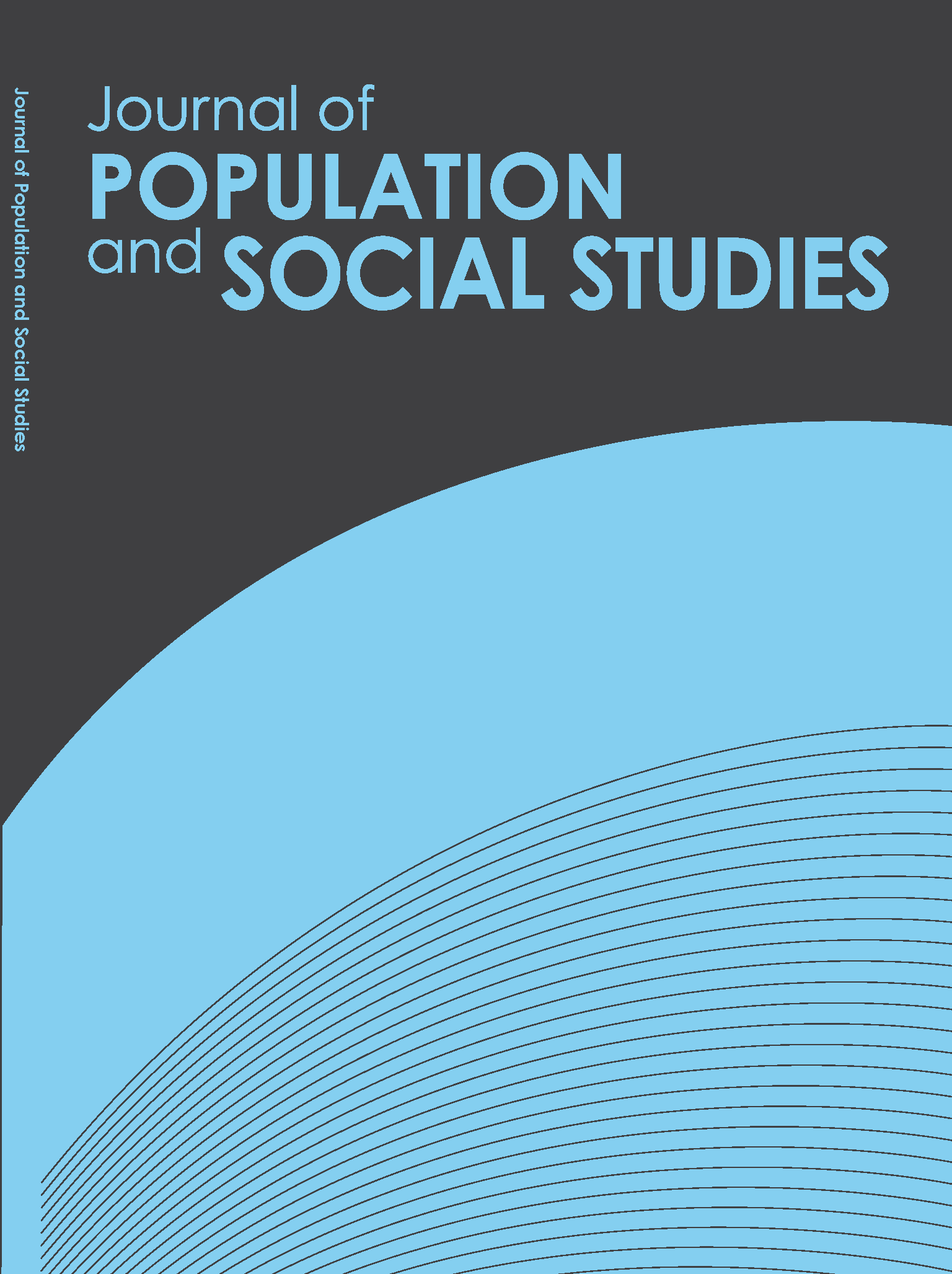A Gender Synthesis on NCD Risk Factors: Evidence from KDSS
Main Article Content
Abstract
The objectives of the study were to identify risk factors for NCD according to socioeconomic conditions among male and female, and pattern of change during two periods. This study used data from year 2000 and 2004 from the Kanchanaburi Project. Data analysis both descriptive and analytical tools of logistic regression were used. Results revealed that smoking rate had increased among male adolescent from 19% to 23 % but not changed considerably in almost socioeconomic factors from
2000 to 2004. Smoking rate was very high among male and female who had low education, poor household and in upland stratum. Liquor consumption rate had increased particularly in male and female adult and in almost socioeconomic factors during these two years. Risky food habits were high among adolescents who were studying and in the poorest household. Overweight and obesity were high in adult female, urban/semi-urban stratum, rich household and housewives. Logistic regression analysis revealed odd ratio of two or more risk factors had highly significant among adult female with low education and in poor household of uplands strata. So introduction of area-based or target-based prevention program integrated for all risk factors would be worthwhile for future reduction of NCD burden.
2000 to 2004. Smoking rate was very high among male and female who had low education, poor household and in upland stratum. Liquor consumption rate had increased particularly in male and female adult and in almost socioeconomic factors during these two years. Risky food habits were high among adolescents who were studying and in the poorest household. Overweight and obesity were high in adult female, urban/semi-urban stratum, rich household and housewives. Logistic regression analysis revealed odd ratio of two or more risk factors had highly significant among adult female with low education and in poor household of uplands strata. So introduction of area-based or target-based prevention program integrated for all risk factors would be worthwhile for future reduction of NCD burden.
Article Details
How to Cite
Sumanaseekara, A., & Soonthorndhada, K. (2008). A Gender Synthesis on NCD Risk Factors: Evidence from KDSS. Journal of Population and Social Studies [JPSS], 17(1), 19–42. retrieved from https://so03.tci-thaijo.org/index.php/jpss/article/view/84562
Section
Research Articles


